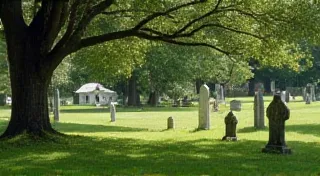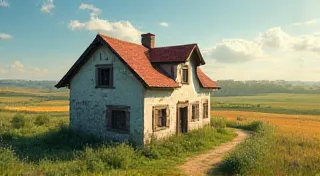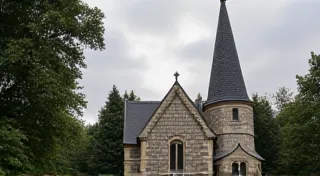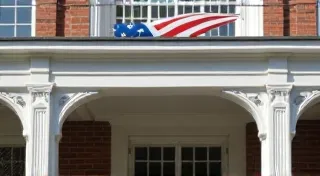The Story of Oakhaven Manor: A Gilded Age Estate
Oakhaven Manor, a magnificent structure gracing the landscape of [Region Name], stands as a tangible link to a bygone era. More than just a beautiful building, it's a chronicle of ambition, prosperity, and eventual change, inextricably bound to the Blackwood family and the rise and fall of their influence.
The Blackwood Legacy and the Vision for Oakhaven
The story begins with Elias Blackwood, a shrewd businessman who made his fortune in the burgeoning [Industry relevant to region] industry during the late 1870s. Recognizing his newfound wealth, Blackwood envisioned a residence that would not only be a comfortable home for his family but also a symbol of his success and standing within the community. He sought more than just a house; he wanted an estate that would reflect his commitment to elegance, refinement, and permanence. He chose a secluded plot of land overlooking [Notable local feature – river, valley, etc.], strategically located to offer both privacy and breathtaking views.

Construction and Architectural Style
Construction of Oakhaven Manor began in 1885 and lasted for nearly three years. Blackwood spared no expense, employing some of the most skilled architects and craftsmen of the time. The chosen style was Victorian, specifically a blend of Queen Anne and Romanesque Revival elements. This resulted in a building characterized by its asymmetrical facade, elaborate woodwork, towering chimneys, and a prominent turret – a signature Victorian touch. The interior was designed with meticulous detail, featuring imported marble fireplaces, intricate stained-glass windows depicting scenes from [Local folklore/history], and richly carved woodwork throughout. The original plans also included extensive gardens, designed by renowned landscape architect [Hypothetical Landscape Architect Name], featuring a formal rose garden, a reflecting pool, and several secluded walking paths.
Life at Oakhaven: The Blackwood Family
The Blackwood family – Elias, his wife Eleanor, and their three children, Arthur, Beatrice, and Charles – moved into Oakhaven Manor in 1888. The estate quickly became a hub of social activity, hosting lavish parties and gatherings that drew the elite of [Region Name]. Eleanor Blackwood was known for her philanthropic endeavors, supporting local charities and establishing a library for the community. Arthur, the eldest son, followed in his father’s footsteps in business, while Beatrice and Charles pursued their own interests, becoming involved in [Local arts/culture]. The Blackwoods were integral members of the community, and Oakhaven Manor became synonymous with prosperity and prestige.
Decline and Transition
The early 20th century brought significant changes to [Region Name] and the Blackwood family. The [Industry relevant to region] industry experienced a downturn, and the family’s fortunes began to decline. The outbreak of [Historical event relevant to region/world] further strained their resources. As the years passed, the estate began to show signs of neglect. The once-manicured gardens were allowed to overgrow, and the interior suffered from a lack of upkeep. After [Significant family event – death, bankruptcy etc.] in the 1930s, the Blackwood family was forced to sell Oakhaven Manor.
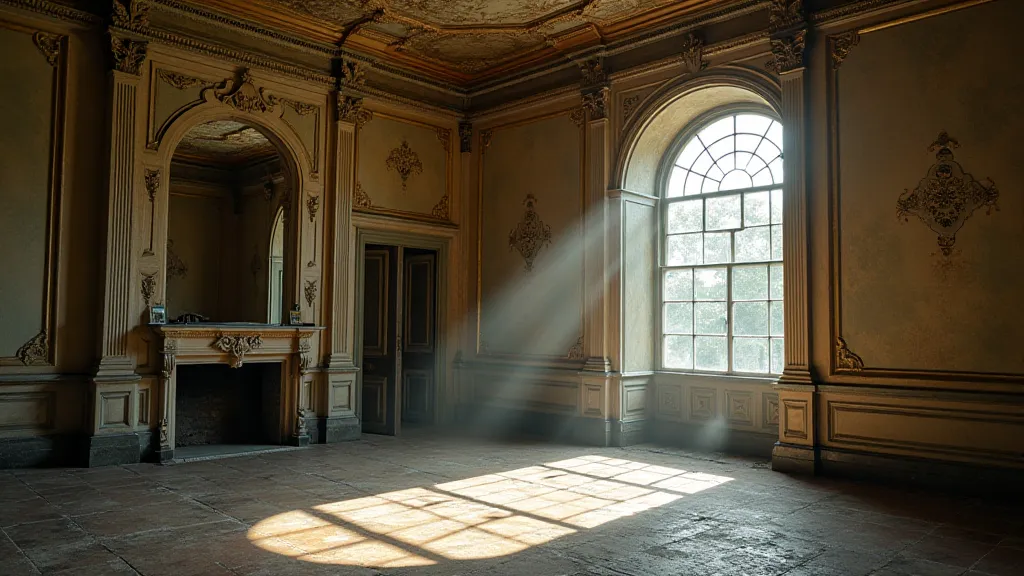
Present Day and Preservation Efforts
Oakhaven Manor has passed through several owners since the Blackwood family’s departure. It briefly served as a [Possible secondary use – boarding house, school, hospital], before falling into disrepair. In recent years, efforts have been made to preserve this important local landmark. [Local historical society/organization] acquired the estate and is working to restore it to its former glory. These efforts include repairing the exterior facade, renovating the interior spaces, and recreating the original gardens. The goal is to transform Oakhaven Manor into a museum and cultural center, offering visitors a glimpse into the region’s rich history and the legacy of the Blackwood family.
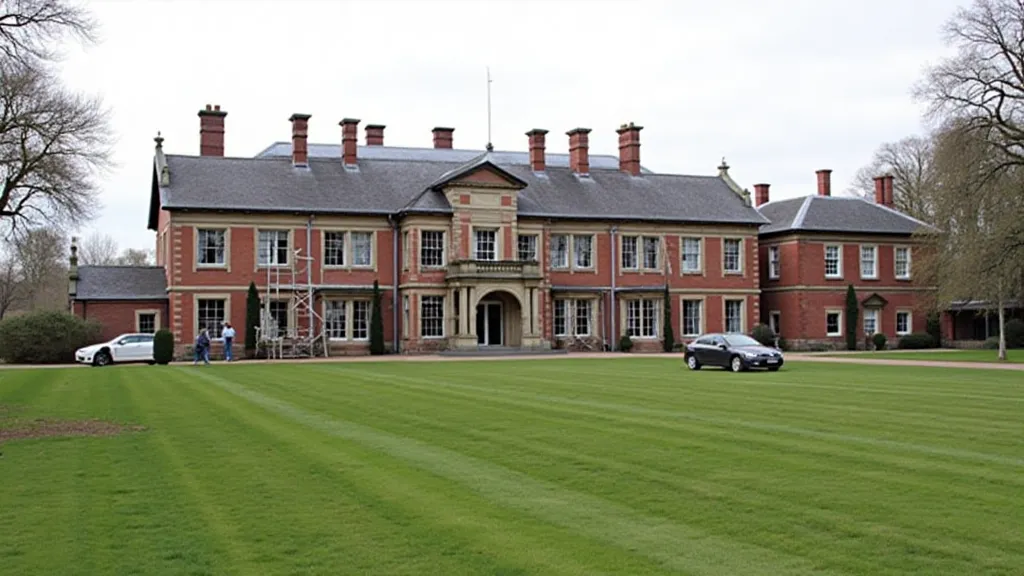
Oakhaven Manor stands as a powerful reminder of a bygone era, a testament to the ambition and prosperity of the Blackwood family, and a symbol of the enduring spirit of [Region Name]. Its preservation represents a commitment to honoring our local history and ensuring that future generations can appreciate the beauty and significance of this remarkable landmark.
